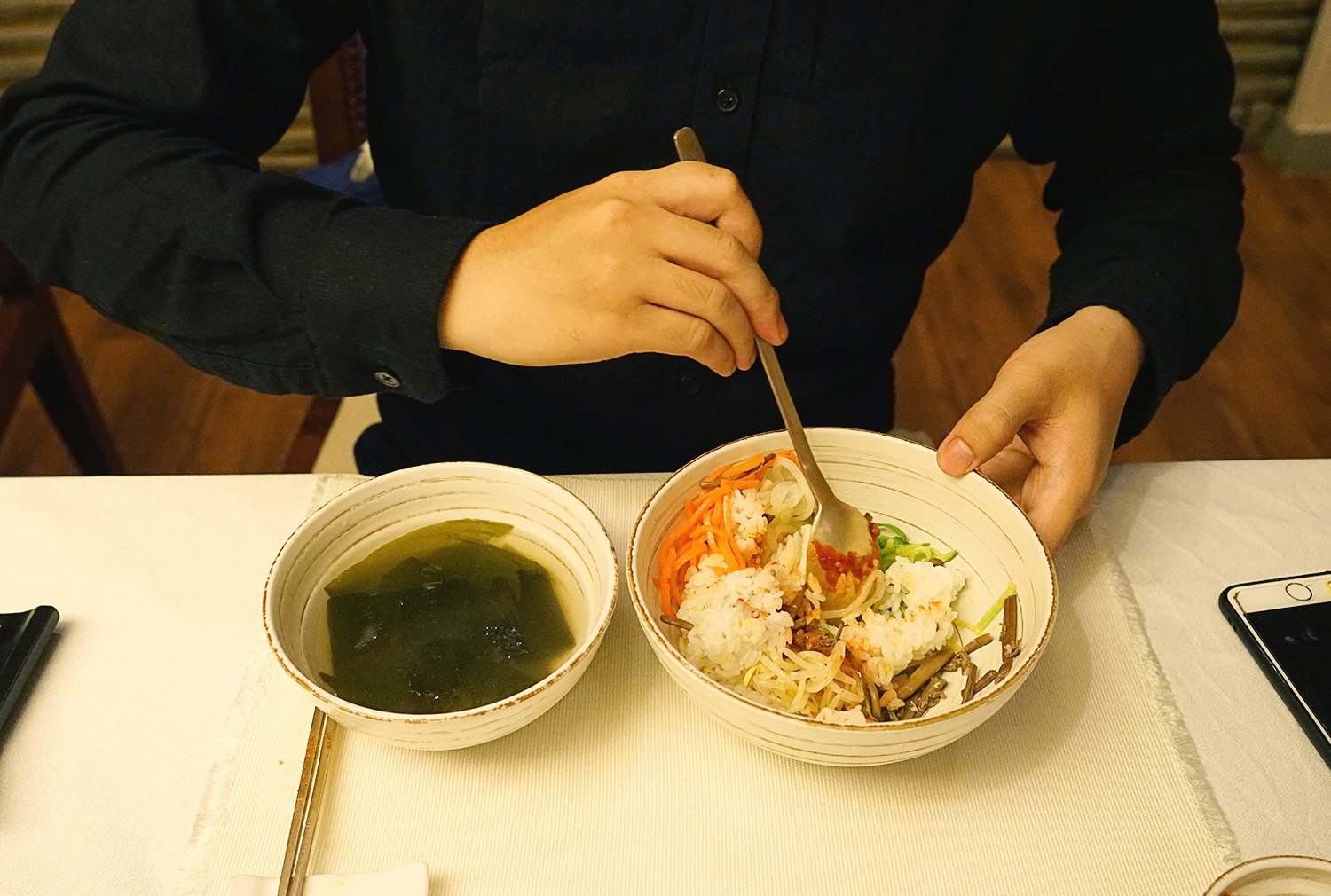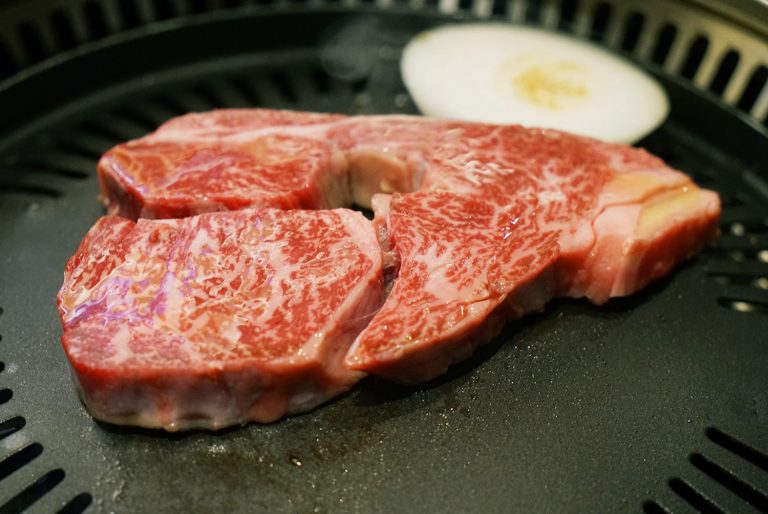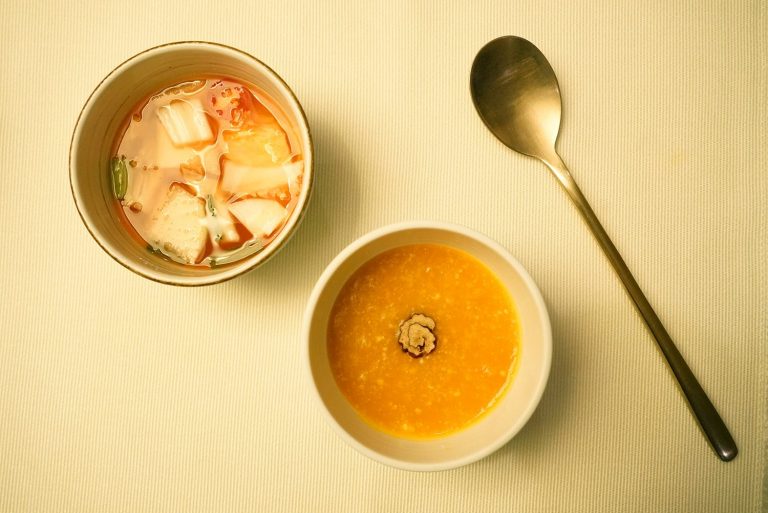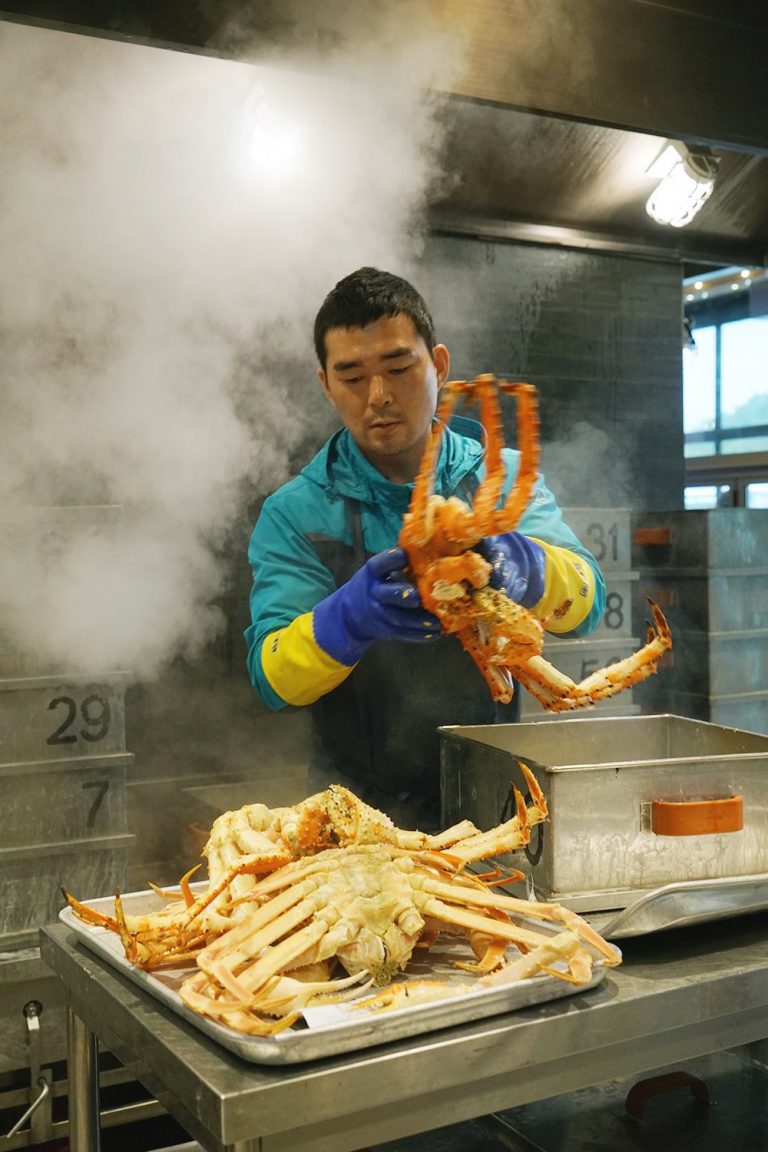Enjoy the quintessence of Korean cuisine at Michelin restaurant (P.2) – Samcheonggak
Previously, Samcheonggak was the government’s entertainment venue, dedicated to hosting heads of state. After President Park Chung Hee was assassinated, this place was converted into a restaurant. However, in 1999, the restaurant was closed due to unprofitable business. In 2000, the Seoul Metropolitan Government acquired the entire large campus including 6 hanoks (traditional Korean houses), in which 1 hanok was Samcheonggak restaurant, the upper floor of the restaurant was a tea house (tea shop), and the remaining hanoks served as guest rooms to welcome visitors from all over the world.
Samcheonggak in Korean means “the convergence of three elements”. Specifically, here it is the convergence of South and North Korea, of tradition and modernity, of the country of Korea and the world. This fine-dining restaurant (*) serves traditional Korean dishes. The only difference between Samcheonggak and other traditional restaurants is the way of arranging and enjoying the food. Because the restaurant specializes in welcoming guests from all over the world, instead of displaying the dishes at the same time to eat together like traditional Korean meal, here, the dishes are made in the type of set menu (**), serving one dish after another like the dining style of Westerners. Our preset set menu included 11 very sophisticated dishes.
The meal began with pumpkin porridge. Normally, in Korea, the vegetable porridge dish is often changed depending on the type of vegetables from each season. That porridge had the sweet taste of pumpkin and was a pleasant appetizer. The next was very refreshing water kimchi, followed by a salad with white radish, carrots, pears, cucumbers, shrimp, sweet potatoes and finely chopped raw chestnuts. Salad sauce has the smell of soy sauce and sesame oil and mayonnaise. Today’s fried dish was fried mushrooms and zucchini wrapped in eggs. This is a very special dish in Korean cuisine. You can dip any ingredients (shrimp, squid, vegetables, etc.) into eggs and fry to make jeon. A plate of fried food was served with a dish of lettuce and chili sauce.
It seems that we have just ended the prelude to arouse fresh emotions of our taste buds. The feeling of joy had not settled down yet, the next dish was served on the table. Grilled eel with spicy sauce with ginger, scallions, onions, chives, chili was not too spicy or too salty. Pan-fried abalone with mushrooms has a mild smell of smoke and tender flavor. The mushrooms were naturally sweet. The two thin asparagus sticks were cleverly arranged on the plate to regain the balance for the taste.
The next dish was sautéed fish served with sweet barley rice and the savory smell of abalone sauce. Stir-fried beef with mushrooms, onions, sprinkled with sesame must be a familiar dish. A bowl of mixed rice was served with seaweed soup, kimchi, sweet walnut which was so tempting. The bowl of cold noodles as the last dish had a slightly sour taste. Adding a bit of yellow mustard created a strong taste. Gently biting ½ of the egg on the surface of the bowl, you will feel the fat and the sourness of the soup.
The dessert with fruit, tteok (a cake made from glutinous rice flour), a cup of omija tea made from magnolia berries had a lovely bright red and lovely smell like salted dry apricots that closed a full evening. Korean dishes bring a harmonious taste of sourness – spiciness – saltiness – sweetness, combining colors to satisfy the taste buds with local ingredients and to balance of yin and yang, which are not only delicious but also healthy and good for health. So, having dinner at Samcheonggak restaurant was the best experience on this trip for me. It helped me understand more about history, culture, and feel the delicate beauty called Korean traditional cuisine.
(*) Fine dining: high-class cuisine in luxurious restaurants, giving diners a great experience.
(**) Set menu: fixed menu with a certain number of dishes
Other information about the restaurant:
Be in the list of good restaurants in Michelin Green Guide magazine – a sub-magazine of Michelin Guide, introducing interesting destinations.
Opening hours: from 12:00 to 15:00 and from 18:00 to 22:00
Price ranges:
• Set menu: 69,000 ~ 200,000 (won)











